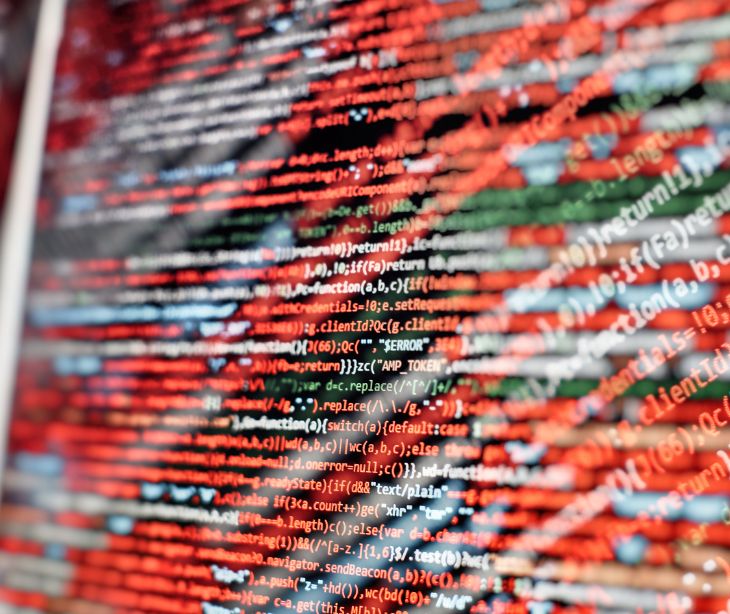
At the heart of a zero-day attack lies a security vulnerability that the software vendor has not yet discovered or patched. The term "zero-day" refers to the limited window of time—often just a matter of days or even hours—that the vendor has to address the flaw before attackers can exploit it. During this period, the vulnerability remains unprotected, leaving systems and data exposed to potential compromise.
The anatomy of a zero-day attack
A zero-day attack typically unfolds in a series of carefully orchestrated steps. First, the attacker identifies a previously unknown vulnerability in a software or system. They then develop and test an exploit code that can take advantage of this flaw, often keeping this information closely guarded to maintain the element of surprise. The next step involves delivering the malicious payload, often through socially engineered tactics such as phishing emails or compromised websites, in an attempt to lure unsuspecting users into taking actions that enable the attack.
Read more: HHS: Social engineering and healthcare
The motivations behind zero-day attacks
The motivations behind zero-day attacks can be as diverse as the attackers themselves. Some may be driven by financial gain, seeking to steal sensitive data or hold systems for ransom. Others may be state-sponsored actors trying to disrupt certain infrastructure or gain strategic advantages. Hacktivists, on the other hand, may use zero-day exploits as a means of political or ideological protest. Regardless of the underlying motivation, the impact of these attacks can be devastating, leaving organizations and individuals vulnerable to a wide range of cybercriminal activities.
The evolution of zero-day threats
In recent years, the zero-day threat landscape has become increasingly complex and dynamic. Attackers have become more sophisticated in their tactics, often using cutting-edge technologies and techniques to bypass traditional security measures. Furthermore, the rise of the dark web has created a thriving marketplace for the sale and exchange of zero-day exploits, making these vulnerabilities more accessible to a wider range of malicious actors.
Related: What happens to patient information on the dark web?
Detecting and mitigating zero-day attacks
Detecting and mitigating zero-day attacks can be a challenge, as the vulnerabilities are often unknown and the attacks can be highly targeted and stealthy. However, security professionals have developed a range of techniques to help identify and respond to these threats, including the use of advanced threat detection systems, behavioral analytics, and incident response protocols.
Threat detection techniques
- Anomaly detection: Monitoring for unusual patterns of network traffic, system behavior, or user activity that may indicate a zero-day attack.
- Vulnerability scanning: Regularly scanning systems and networks to identify potential vulnerabilities that could be exploited by attackers.
- Threat intelligence: Gathering and analyzing information about emerging threats, including the latest zero-day exploits and attack vectors.
Mitigation strategies
- Patching and updates: Ensuring that all software and systems are kept up-to-date with the latest security patches and updates to address known vulnerabilities.
- Least privilege access: Implementing the principle of least privilege, where users and applications are granted the minimum level of access necessary to perform their tasks.
- Incident response planning: Developing and regularly testing incident response plans to ensure that organizations are prepared to respond effectively to zero-day attacks.
Notable zero-day attacks
The history of zero-day attacks is marked by several high-profile incidents that have had far-reaching consequences. Some of the most notable examples include:
2021: Chrome zero-day vulnerability
In 2021, Google's Chrome web browser was the target of a series of zero-day vulnerabilities, prompting the company to issue urgent updates to address the flaws.
2020: Zoom zero-day attack
A vulnerability in the popular video conferencing platform Zoom was exploited by hackers, allowing them to remotely access users' systems, particularly those running older versions of Windows.
2020: Apple iOS Zero-Day Bugs
Apple's iOS, often touted as one of the most secure mobile platforms, fell victim to at least two sets of zero-day vulnerabilities in 2020, enabling remote compromise of affected devices.
Protecting against zero-day threats
Safeguarding against zero-day threats requires an approach that combines technical solutions, organizational policies, and user awareness. By following best practices and staying vigilant, individuals and organizations can reduce their risk of falling victim to these sophisticated attacks.
Protective measures
- Keep all software and operating systems up-to-date with the latest security patches and updates.
- Limit the number of applications and services running on systems to reduce the attack surface.
- Deploy firewall configurations to control and monitor network traffic.
- Educate employees on the dangers of zero-day attacks and how to identify and report suspicious activities.
- Implement antivirus and anti-malware solutions to detect and block known and unknown threats.
- Regularly backup data and maintain incident response plans to ensure business continuity in the event of a successful attack.
Related: How to manage persistent threats and zero day vulnerabilities
In the news
TikTok recently faced a cyberattack that targeted high-profile accounts, including those of celebrities like Paris Hilton and media outlets like CNN. Although TikTok acknowledged the attack, they didn't disclose specific details or the mitigation methods used. However, they assured users that preventive measures have been taken to halt the attack and prevent its recurrence.
While only a "very small" number of accounts were compromised, TikTok is actively working with affected users to restore access. The attack exploited a zero-day vulnerability in TikTok's direct messaging feature, allowing hackers to infiltrate accounts without the need for users to download any harmful content or click on suspicious links. While the full extent of the attack is still under investigation, TikTok is collaborating with affected parties, like CNN, to restore account access and enhance platform security.
FAQs
How do zero-day attacks affect healthcare organizations?
Zero-day attacks can have severe consequences for healthcare organizations. They can lead to unauthorized access to patient data, disruption of healthcare services, theft of sensitive information, financial losses, and compromised patient safety and trust.
Why are healthcare organizations particularly vulnerable to zero-day attacks?
Healthcare organizations are attractive targets for cybercriminals due to the vast amount of sensitive patient information they store, including medical records, insurance details, and financial data. Additionally, legacy systems and complex networks make it challenging to keep up with security updates and patches.
Are there regulations or standards that address cybersecurity in healthcare?
Yes, healthcare organizations are subject to various regulations and standards related to cybersecurity, including the Health Insurance Portability and Accountability Act (HIPAA) Security Rule, the Health Information Technology for Economic and Clinical Health (HITECH) Act, and the National Institute of Standards and Technology (NIST) Cybersecurity Framework.
Learn more: HIPAA Compliant Email: The Definitive Guide
Subscribe to Paubox Weekly
Every Friday we'll bring you the most important news from Paubox. Our aim is to make you smarter, faster.




